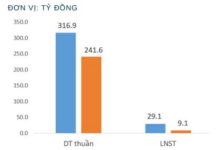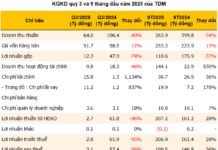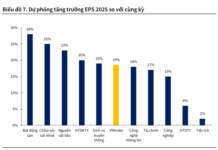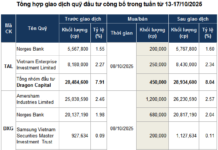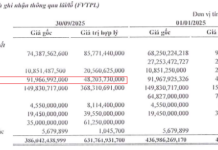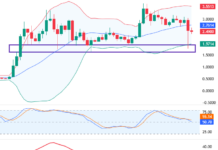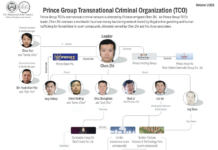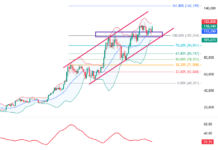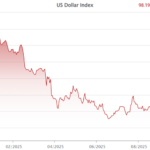
Up to 80% of airlines’ expenses are linked to foreign currencies, especially during this period (July 2024) when the USD/VND exchange rate is at an all-time high. |
According to a report by the Ministry of Transport, Circular No. 17/2019/TT-BGTVT dated May 3, 2019, on the issuance of the framework for domestic air transport service prices, airfare consists of the price of passenger transport services; value-added tax; fees for airport services and security (including passenger service fees and security fees for passengers and their baggage); and prices for additional items (as decided by the airline).
The cost structure of a flight in 2023 for Vietnamese airlines was as follows: fuel costs accounted for 37-42%; costs related to aircraft equipment, maintenance, and repair accounted for 32-41%; flight-related costs (ground handling, flight operations, etc.) accounted for 6-7%; and other costs, including direct labor, sales, management, and passenger services, accounted for 16-19%.
Costs related to flight services (ground handling, flight operations, etc.) account for a small proportion, about 6-7% of the total flight costs, and have little impact on increasing expenses.
Moreover, some service prices under the list of prices regulated by the Ministry of Transport in Circular No. 53/2019/TT-BGTVT dated December 30, 2019, have been stable for a long time and have not been adjusted.
Airlines have complied with regulations on ticket prices.
The Minister of Transport acknowledged that since the beginning of 2024, the average economy-class airfare on some routes (including taxes and fees) of Vietnamese airlines has increased compared to the same period in 2023. However, inspections of ticket sales by Vietnamese airlines showed that they have complied with regulations on maximum prices for basic economy class on domestic routes.
The increase in airfares by Vietnamese airlines is in line with the global trend due to market supply and demand factors (reduced fleet size, increased travel demand during holidays and festivals) and fluctuations caused by rising fuel prices and exchange rates.
About 80% of airlines’ expenses are linked to foreign currencies. In the current period (July 2024), the USD/VND exchange rate is at a historic peak (selling rate of 1 USD = 25,470 VND), up 7.45% from the same period in 2023 and 10.25% from the same period in 2021.
To help ease the pressure on airfares, the Ministry of Transport will continue to implement comprehensive and effective solutions to ensure stable air transport capacity, providing a suitable supply and demand balance on domestic and international routes, and meeting the travel needs of passengers.
Specifically, the aviation industry is adjusting flight schedules, reducing turn-around times, optimizing daily flight operations, and increasing night flights. These measures have partially offset the shortage in supply capacity due to the reduced fleet.
The Ministry of Transport will also enhance the implementation and supervision of measures related to price declarations, price listings, and transparency in accordance with legal regulations. Passengers are advised to plan and book their tickets in advance to have more options and access to suitable price ranges.
Phan Trang
Should we be concerned about the sharp increase in interbank interest rates?
In just 6 trading sessions close to Tet holiday, overnight interbank interest rates have soared by almost 20 times.














